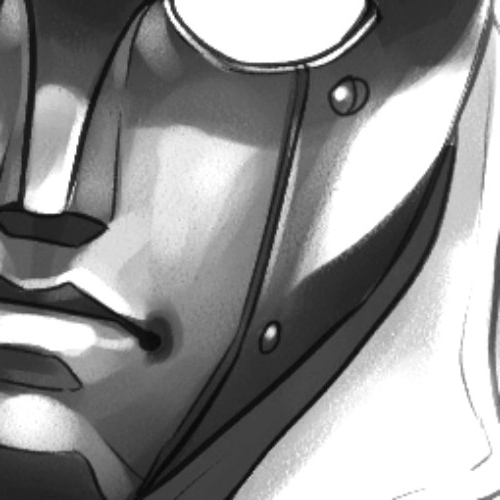Jean-Pierre Luminet calculated all of that back in 1979 using the IBM 7040 mainframe, an early transistor computer with punch card inputs. The machine generated isolines for his image that were “directly translatable as smooth curves using the drawing software available at the time,” he told Engadget in an email.
To create the final image though, he relied on his other passion: art. Using numerical data from the computer, he drew directly on negative image paper with black India ink, placing dots more densely where the simulation showed more light. “Next, I took the negative of my negative to get the positive, the black points becoming white and the white background becoming black.”
https://www.engadget.com/2017-04-19-black-hole-image-jean-pierre-luminet.html
That image makes them even more frightening looking…
Very cool though. It’s astounding how it’s simultaneously not that long ago that this was, how long it took for humans to have the collective knowledgebase for this to happen, and how exponentially far we’ve come since then.
Odd that he would use a computer that, by 1979, was already considered a dinosaur.
I was surprised too, but I’ve also worked for companies that used hardware and software multiple generations behind…
Cries in service industry
In the 1880s, pointillism was developed by 2 French artists, and used it to paint the landscapes and scenes of their time.
Almost 100 years later, another Frenchman created an image using arguably the same technique, and the object of that image is practically (and I think theoretically?) timeless.
This is all just gently blowing my mind right now.
the object of that image is practically (and I think theoretically?) timeless.
Indeed. I’m just a guy who took college physics and then watched a lot of YouTube videos. But from what I have gathered, things that fall in almost completely freeze in time as they fall. So if an outside observer were able to see them (they won’t) it would look like more and more stuff getting stuck on a slowly expanding shell around the singularity.
What I find interesting is that over insane stretches of time, Hawking radiation evaporates the hole. So if you were able to survive it (you won’t), falling in would look like the universe suddenly speeding up, all stars die, and before you even reach the singularity the black hole evaporates and explodes. Leaving you in a dark, cold vacuum.
At which point the big bang possibly happens again, but that’s another story.
Literally looks like a forboding image from an old horror film.
Oof imagine having to use IBM that sucks.
That’s fucking cool.






